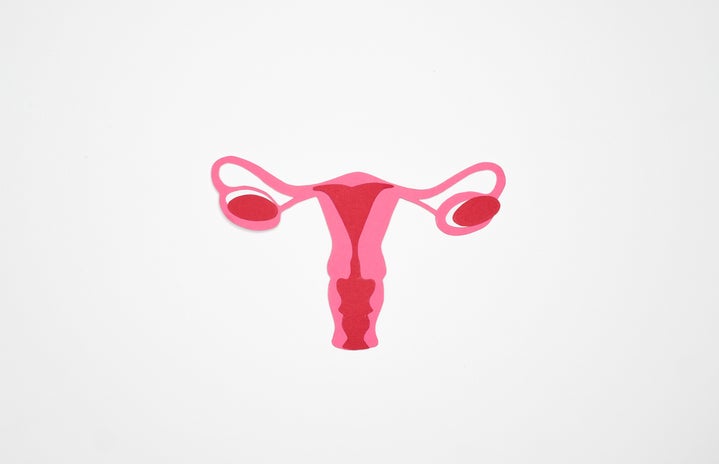Did you know that the male hormone cycle is only 24 hours while the female hormone cycle is 28 days?
The female hormone cycle can be complicated and overwhelming to learn about, especially if your cycle is irregular. I am here to break it down into each phase by what is happening in the body and what you can do to support yourself.
The whole point of the hormone cycle is to prepare the body for reproduction. It begins on the first day of your period and ends on the first day of your next period. The cycle is composed of four phases: menstruation, the follicular phase, ovulation, and the luteal phase.
Here is a graph depicting the changes in hormones throughout the cycle.
Visual of the levels of female hormones throughout the Menstrual Cycle. Image from Women in Balance Institute.
Visual of the levels of female hormones throughout the Menstrual Cycle. Image from Women in Balance Institute.
Phase 1: Menstruation
This is this phase I am sure every person with a uterus is very aware of. During this phase, your uterus is shedding its lining and you get your period. Your estrogen and progesterone levels are low during this phase.
This part of the cycle you will probably feel the most low on energy especially if you deal with difficult period symptoms. Because you are losing blood, you will also be losing iron. It is best to eat dark leafy greens and Vitamin C to encourage iron absorption.
Cramp Bark is a great supplement to naturally relieve pain when on your period. Also, applying heat to cramping muscles and eating warm, hearty food like soup can be comforting.
Phase 2: The Follicular Phase
This phase starts on the first day of your period and lasts for 13 to 14 days. During this phase your estrogen levels will start to rise in order to support the release of an egg. This happens through follicles forming on the surface of your ovaries. One of these follicles will develop into an egg.
During this phase you will notice an energy spike that comes with the higher levels of estrogen. Your body will need lots of fuel so packing in more healthy carbohydrates and protein are the way to go!
Phase 3: Ovulation
This is the phase where your hormone levels peak. A fully developed egg will travel down the fallopian tube to the uterus. This is the point in your cycle where you are most likely to get pregnant.
This phase you will probably feel your most energetic and motivated. It is important to continue to fuel your body with nutrient rich whole foods but it is also important to focus on gut health, so probiotics and fermented food are beneficial.
Phase 4: The Luteal Phase
Progesterone and Oestrogen is released in order to thicken the lining of the uterus to prepare for pregnancy. If the egg is fertilized, then the lining will continue to thicken, but if not the menstruation will begin.
During this phase your energy levels will start to come back down and you will start to notice Premenstrual symptoms. Cutting food intake is recommended as well as introducing more healthy fats.
Being educated on your menstrual cycle is important for people with uteruses because at each phase our bodies require different nutrients. Keeping yourself nourished will allow you to be your best self at all stages of your cycle.
Give these tips a try and let us know now if they work for you @HerCampusSJSU.


